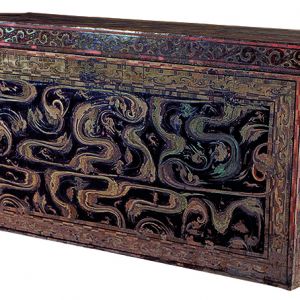-
Reed mouth organ yu
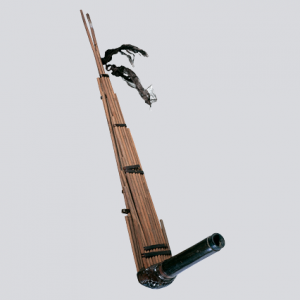
-
Liubo chess set
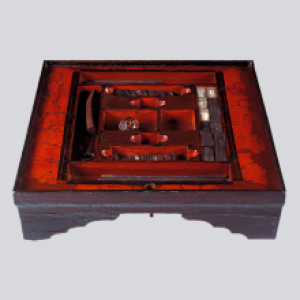
-
Dinnerware on a lacquer tray with cloud design
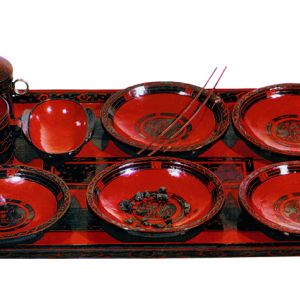
-
Painted two-tiered lacquer toiletry case with nine small boxes
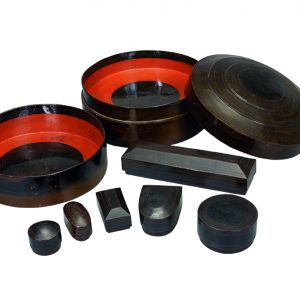
-
Printed and painted gauze
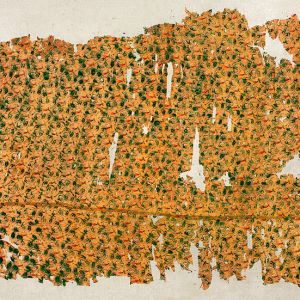
-
Embroidered cloud-riding pattern on qi silk with paired bird lozenge pattern
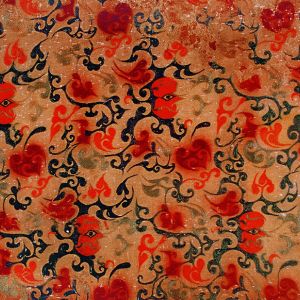
-
Plain unlined gauze gown
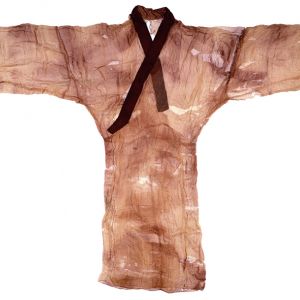
-
Floss silk padded robe with lozenge pattern on vermilion luo silk robe
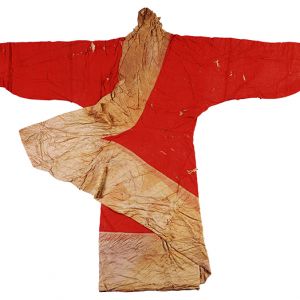
-
Book copied on silk, Divination Based on the Observation of Five Planets
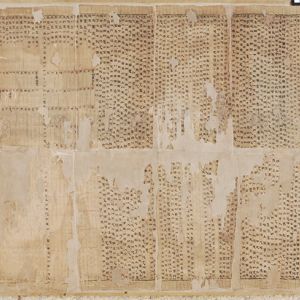
-
Book copied on silk, Divination by Astrological and Meteorological Phenomena
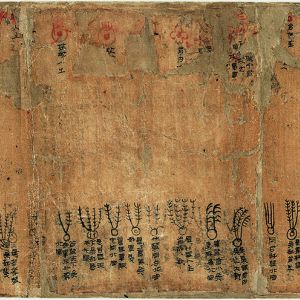
-
T-shaped painting on silk from Xin Zhui’s tomb
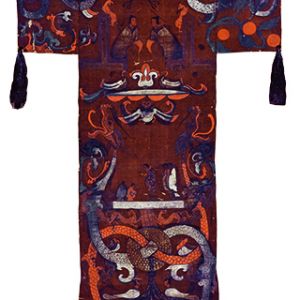
-
Coffin with painted designs on black lacquer coating
